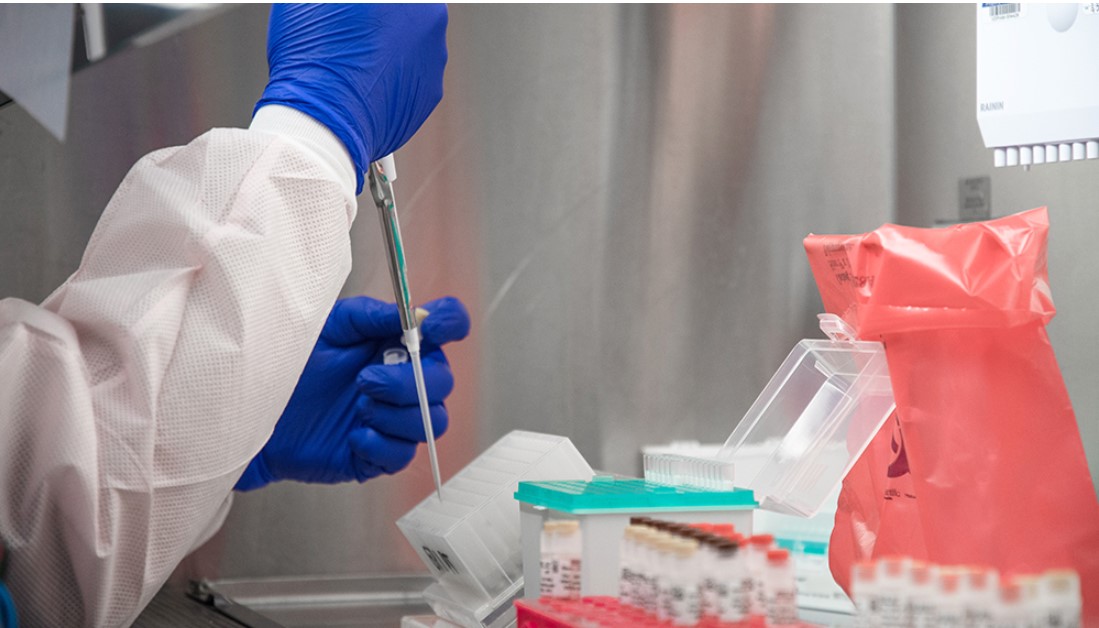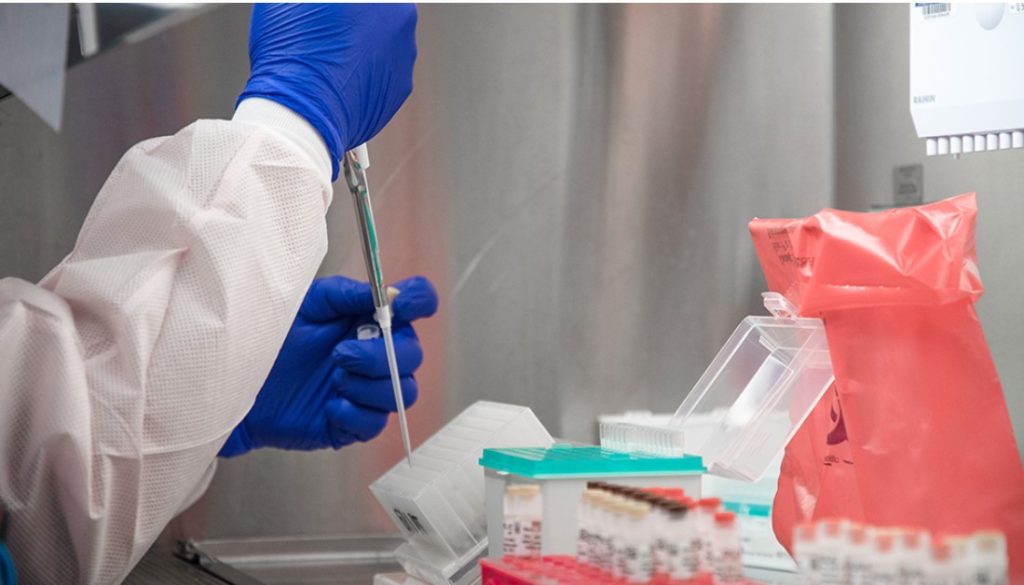WASHINGTON, D.C. – Federal health officials have commissioned Moderna to develop a vaccine to protect people from an avian influenza that has been circulating in dairy cattle in recent months.
U.S. Department of Health and Human Services officials said the agency would devote about $176 million to the effort, with the hope that final clinical trials might commence next year.
That schedule could be accelerated if “we’re starting to get extraordinarily concerned about additional human cases, severity of human cases, human-to-human transmission,” said Dawn O’Connell, the department’s assistant secretary for preparedness and response.
It’s unclear whether that will happen.
Highly pathogenic avian influenza has been widespread in wild birds in the past two years, has been sporadically devastating for U.S. poultry flocks, and has this year been infecting cows at an alarming pace and spreading to different states.
Four infections of people who worked closely with infected poultry and cattle have been documented in that time: one poultry worker in 2022 and three dairy workers this year.
All of those infections resulted in minor symptoms, and the people recovered. However, the latest infected person showed signs of respiratory illness.
The fear is that a mutation in the virus might better enable it to infect human respiratory tissue and easily spread person to person, which could ignite a human pandemic. Key to preventing that is keeping the virus out of people, where it can commingle with other viruses and share bits of genetic material.
Dairy precautions
Research has shown that the virus likely transmitted from wild birds to Texas dairy cattle as early as December. It spread undercover for months until two veterinarians identified it as the culprit in sick cows in late March.
Since then the virus has been found in cattle in at least 137 dairy herds in 12 states.
It is believed to have spread between states via the transportation of sick cows. From there, the virus has likely been carried between herds by people and their equipment.
Within the individual dairies, the virus can transmit between cows by contaminating equipment that is used for milking the animals. Lab tests have shown that the virus primarily dwells within cows’ mammary glands and that the amount of the virus in their milk is considerable.
It’s not yet clear how to feasibly prevent the spread of the virus within herds, said Eric Deeble, acting senior advisor for H5N1 response for the department. H5N1 is the flu subtype that is currently circulating in birds and cattle.
“There are a variety of USDA and other researchers that are currently working on that problem,” he said in a Tuesday call with reporters.
Deeble said a vaccine for cattle could be effective at halting the virus but that one wouldn’t be available soon.
Meantime, federal officials have monitored nearly 800 workers at infected dairy herds for illness and have tested more than 50 of them for bird flu. They have advised dairies to shield their workers with masks and other protective clothing and offered to pay for it.
Antiviral drugs might also be used to prevent infections among workers, said Dr. Nirav Shah, principal deputy director of the U.S. Centers for Disease Control and Prevention. But that will likely require voluntary participation from those workers.
“If H5 is not perceived as a pressing threat among farm workers — and I’m not speculating as to whether it is or not — but if that is the case, then uptake may not be robust,” he said.
More testing capacity
Shah said there are sufficient numbers of avian flu tests for people in the public health system — about 750,000 — and that another 1.2 million might be available in the next several months.
Further, the CDC has worked with more than a dozen companies since last year to help them develop tests that could be produced and deployed if the virus becomes readily transmissible between people.
“We need to stay prepared for the possibility of an expansion of the H5N1 outbreak in humans,” Shah said.













